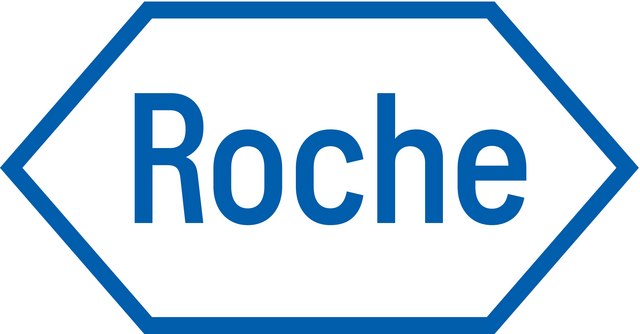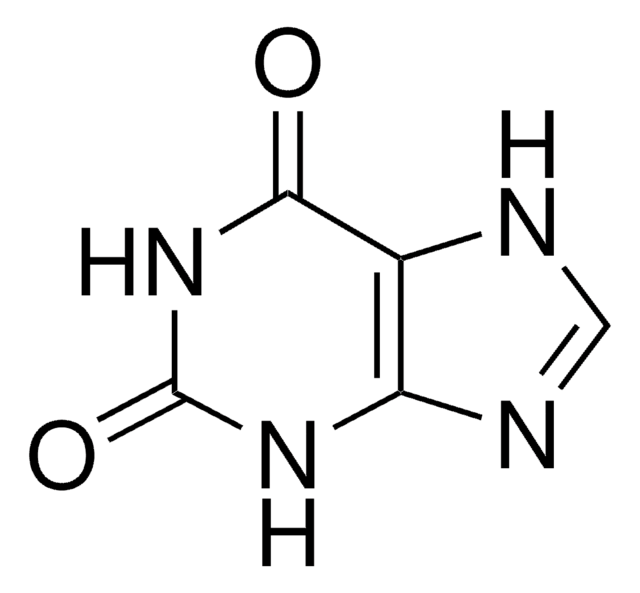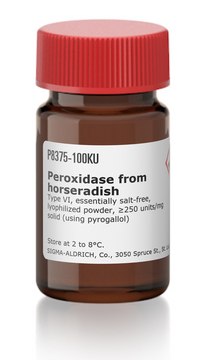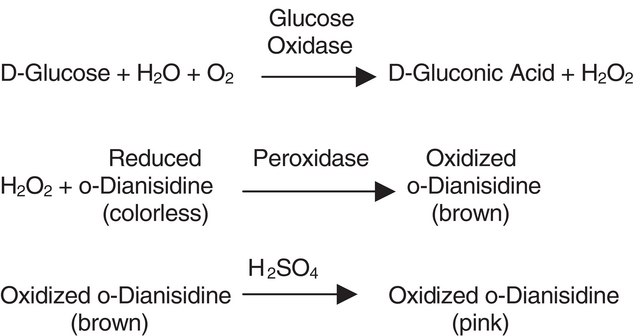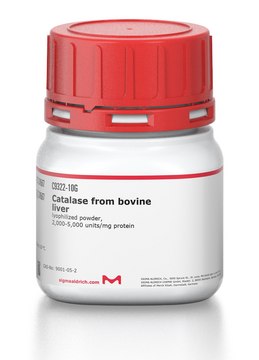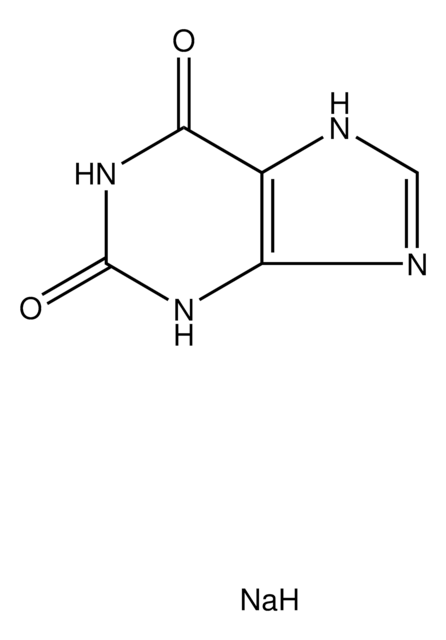X2252
Xanthine Oxidase microbial
lyophilized powder, ≥7 units/mg solid
Synonym(s):
Schardingerenzyme, XO, hypoxanthine oxidase, XOD, Xanthine:oxygen oxidoreductase
Sign Into View Organizational & Contract Pricing
All Photos(5)
About This Item
Recommended Products
biological source
microbial
Quality Level
form
lyophilized powder
specific activity
≥7 units/mg solid
mol wt
~160 kDa
technique(s)
inhibition assay: suitable
color
brown
optimum pH
7.5-8.0
shipped in
wet ice
storage temp.
−20°C
Gene Information
Escherichia coli K12 ... xdhA(947116), xdhB(947205), xdhC(945148)
Looking for similar products? Visit Product Comparison Guide
General description
Research area: Cell Cycle
Xanthine Oxidase (XO), a versatile molybdoflavoprotein, is one of the forms of xanthine oxidoreductases (XORs). XO is characterized with two flavin molecules (FAD), two molybdenum atoms, and eight iron atoms bound per enzymatic unit.
Xanthine Oxidase (XO), a versatile molybdoflavoprotein, is one of the forms of xanthine oxidoreductases (XORs). XO is characterized with two flavin molecules (FAD), two molybdenum atoms, and eight iron atoms bound per enzymatic unit.
Application
Xanthine Oxidase microbial has been used:
- to determine in vitro xanthine oxidase activity
- as a source to generate superoxide anions during superoxide dismutase assay
- as a component of the reagent mix in colorimetric paper-based device to detect allopurinol in traditional medicine by enzymatic reaction
Biochem/physiol Actions
Also contains proteolytic activity.
Xanthine Oxidase catalyzes the hydroxylation of hypoxanthine to xanthine and xanthine to uric acid and oxygen free radicals during purine metabolism. This enzyme is also implicated in caffeine metabolism. XO also plays a vital role in the catabolism of xenobiotics including various drugs such as thiopurine drugs, containing 6-mercaptopurine, allopurinol, and uric acid. Excess of XO activity causes hyperuricemia (higher levels of uric acid in the blood), which further leads to gout.
Physical properties
Inhibitors: Reducing agents, Hg++, Ag+,MIA
Optimum pH: 7.5 - 8.0
Optimum temperature: 65oC
pH Stability: pH 6.5 - 9.0 (25oC, 15hr)
Thermal stability: below 55oC (pH 8.0, 30min)
Optimum pH: 7.5 - 8.0
Optimum temperature: 65oC
pH Stability: pH 6.5 - 9.0 (25oC, 15hr)
Thermal stability: below 55oC (pH 8.0, 30min)
Unit Definition
One unit will convert 1.0 μmole of xanthine to uric acid per min at pH 7.5 at 25 °C. Approx. 50% of the activity is obtained with hypoxanthine as substrate.
Physical form
Lyophilized powder containing BSA and sodium glutamate as stabilizers
Storage and Stability
Tightly closed. Dry. Keep locked up or in an area accessible only to qualified or authorized
persons
persons
antibody
inhibitor
Product No.
Description
Pricing
Signal Word
Danger
Hazard Statements
Precautionary Statements
Hazard Classifications
Resp. Sens. 1
Storage Class Code
11 - Combustible Solids
WGK
WGK 3
Flash Point(F)
Not applicable
Flash Point(C)
Not applicable
Personal Protective Equipment
dust mask type N95 (US), Eyeshields, Gloves
Choose from one of the most recent versions:
Already Own This Product?
Find documentation for the products that you have recently purchased in the Document Library.
Customers Also Viewed
Our team of scientists has experience in all areas of research including Life Science, Material Science, Chemical Synthesis, Chromatography, Analytical and many others.
Contact Technical Service